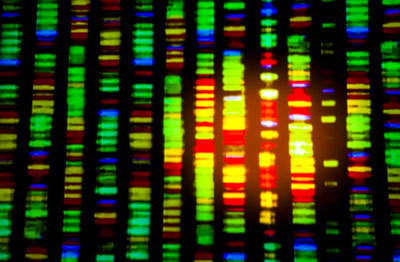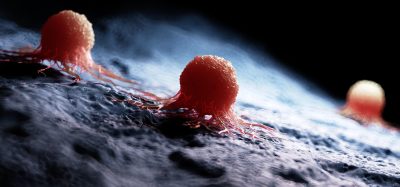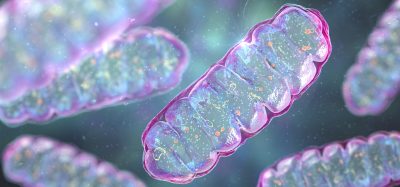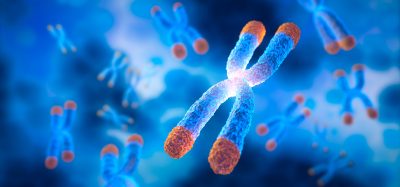New CRISPR system could change the scientific landscape
Posted: 28 September 2015 | Victoria White
The newly described Cpf1 system differs in several important ways from Cas9, with significant implications for research and therapeutics…


A team led by Feng Zhang from the Broad Institute has identified a different CRISPR system with the potential for even simpler and more precise genome engineering.
CRISPR sequences were first described in 1987 and their natural biological function was initially described in 2010 and 2011. The application of the CRISPR-Cas9 system for mammalian genome editing was first reported in 2013, by Zhang and separately by George Church at Harvard.
In the new study, Zhang and his collaborators searched through hundreds of CRISPR systems in different types of bacteria, searching for enzymes with useful properties that could be engineered for use in human cells. Two promising candidates were the Cpf1 enzymes from bacterial species Acidaminococcus and Lachnospiraceae, which Zhang and his colleagues then showed can target genomic loci in human cells.
“We were thrilled to discover completely different CRISPR enzymes that can be harnessed for advancing research and human health,” Zhang said.
Cpf1 system differs in several ways from Cas9
The newly described Cpf1 system differs in several important ways from the previously described Cas9, with significant implications for research and therapeutics, as well as for business and intellectual property:
- The Cpf1 system is simpler than Cas9 in that it requires only a single RNA. The Cpf1 enzyme is also smaller than the standard SpCas9, making it easier to deliver into cells and tissues.
- Cpf1 cuts DNA in a different manner than Cas9. With the Cpf1 complex the cuts in the two DNA strands are offset, leaving short overhangs on the exposed ends. This is expected to help with precise insertion, allowing researchers to integrate a piece of DNA more efficiently and accurately.
- Cpf1 cuts far away from the recognition site, meaning that even if the targeted gene becomes mutated at the cut site, it can likely still be re-cut, allowing multiple opportunities for correct editing to occur.
- The Cpf1 system provides new flexibility in choosing target sites. Like Cas9, the Cpf1 complex must first attach to a short sequence known as a PAM, and targets must be chosen that are adjacent to naturally occurring PAM sequences. The Cpf1 complex recognises very different PAM sequences from those of Cas9. This could be an advantage in targeting some genomes, such as in the malaria parasite as well as in humans.
“The unexpected properties of Cpf1 and more precise editing open the door to all sorts of applications, including in cancer research,” said Levi Garraway, an institute member of the Broad Institute, and the inaugural director of the Joint Centre for Cancer Precision Medicine at the Dana-Farber Cancer Institute, Brigham and Women’s Hospital, and the Broad Institute.
Zhang, Broad Institute, and MIT plan to share the Cpf1 system widely. As with earlier Cas9 tools, these groups will make this technology freely available for academic research via the Zhang lab’s page on the plasmid-sharing-website Addgene, through which the Zhang lab has already shared Cas9 reagents more than 23,000 times to researchers worldwide to accelerate research. The Zhang lab also offers free online tools and resources for researchers through its website, www.genome-engineering.org.
Related conditions
Malaria
Related organisations
Broad Institute, Cancer Research







